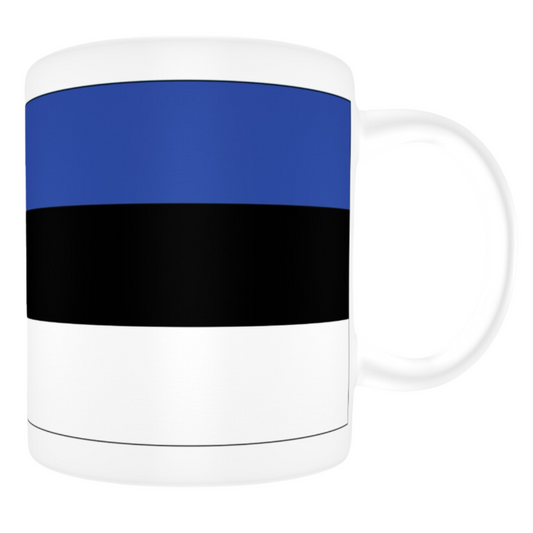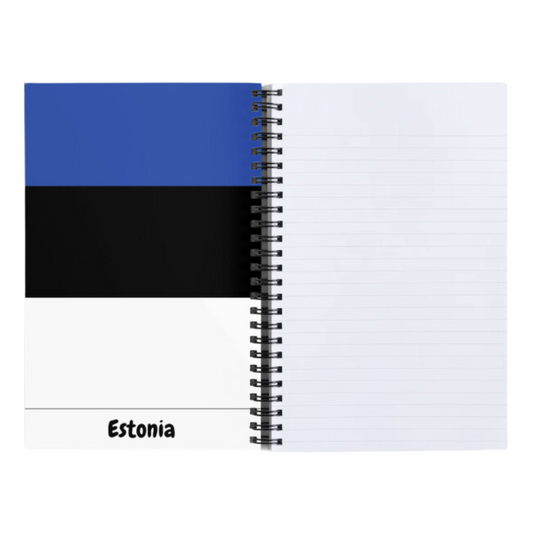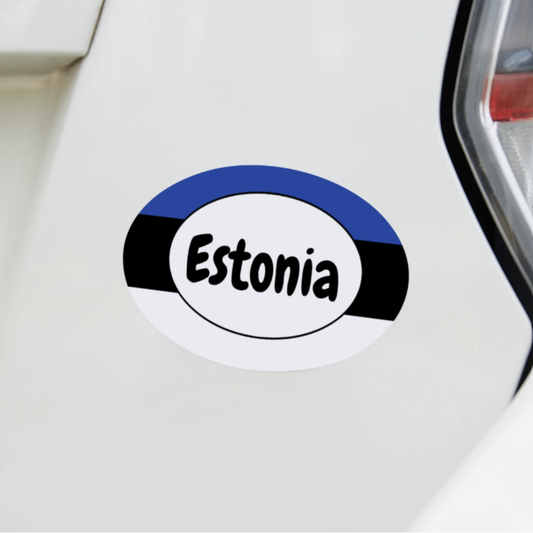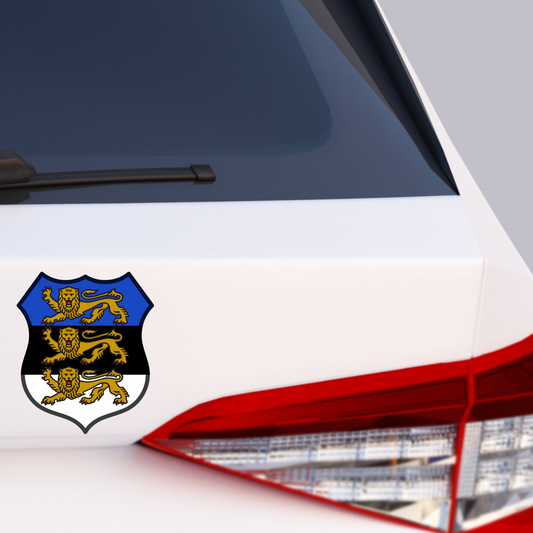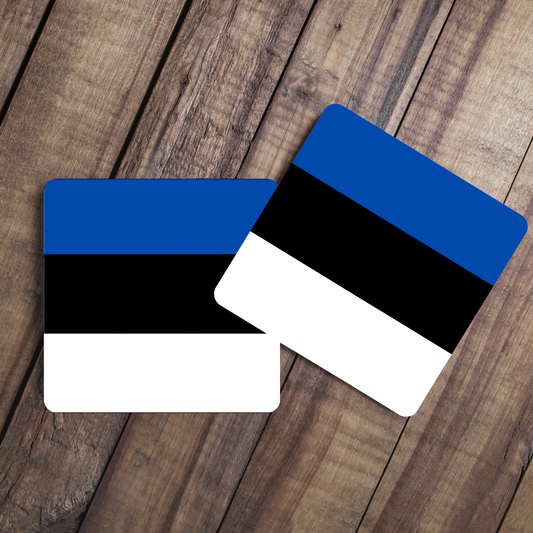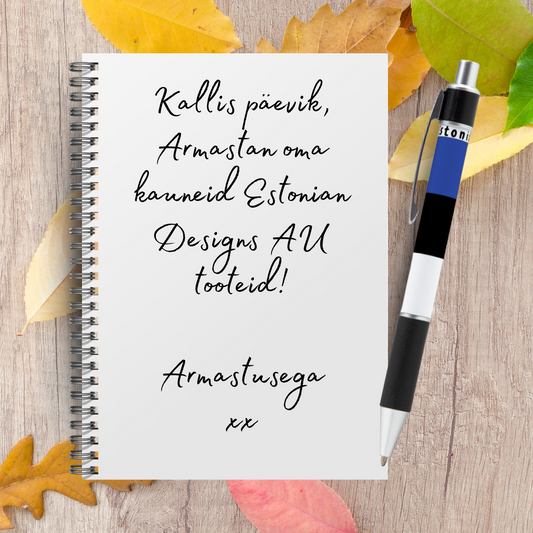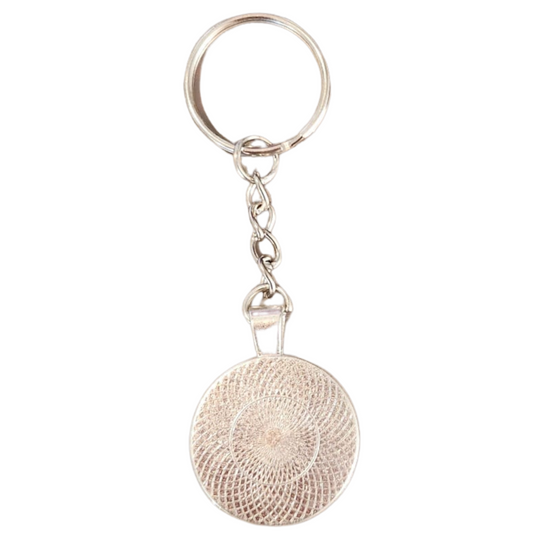Collection: Estonia
Estonia is a country in the Baltic region of Northern Europe bordered to the north by the Gulf of Finland, to the west by the Baltic Sea, to the south by Latvia and to the east by Lake Peipus and Russia. Across the Baltic Sea lie Sweden and Finland.
Population density in Estonia is 30.3 people per km². That is almost four times less than EU’s average - 116.7 people per km² –, making Estonia the third sparsely populated country in EU.
Forests cover over half of Estonian territory. More than 40% of them belong to the state and are certified as organic collection areas. Everyone can freely pick berries, mushrooms or just enjoy the freshest air.
In addition to the traditional four seasons, some areas of Estonia also have a fifth — the natural flood — beginning at the end of March or early April. Water levels can rise as much as five meters, creating possibilities for canoeing.
About 1.1 million people speak Estonian, one of the world’s smallest official national languages. It is used successfully in all areas of society. Estonians also speak a variety of other languages.
According to OECD’s PISA results, Estonian basic education is the best in Europe and in the top 8 globally. Our pupils’ science, math and reading skills are outranked only by Singapore and Japan.
By culture consumption, Estonia is one of the leading countries in Europe. Our 1.3 million inhabitants make about 3.4 million museum visits, 3.5 million cinema visits, 2 million concert visits, and 1.2 million theatre visits annually.
Information credited to estonia.ee
-
Mug Estonia
1 review5.0 / 5.0
(1) 1 total reviews
Regular price $25.00 AUDRegular priceUnit price / per$0.00 AUDSale price $25.00 AUD -
Notebook Lined Estonia
1 review5.0 / 5.0
(1) 1 total reviews
Regular price $24.00 AUDRegular priceUnit price / per$0.00 AUDSale price $24.00 AUD -
Bumper Sticker Estonia
No reviewsRegular price $10.00 AUDRegular priceUnit price / per$0.00 AUDSale price $10.00 AUD -
Bumper Sticker Lion
No reviewsRegular price $10.00 AUDRegular priceUnit price / per -
Sticker Estonia
1 review5.0 / 5.0
(1) 1 total reviews
Regular price $2.00 AUDRegular priceUnit price / per$0.00 AUDSale price $2.00 AUD -
Leather Coaster Estonia
No reviewsRegular price $12.00 AUDRegular priceUnit price / per -
Pen Estonia
No reviewsRegular price $10.00 AUDRegular priceUnit price / per -
Estonia Keyring
No reviewsRegular price $8.00 AUDRegular priceUnit price / per -
Tumbler Estonia
No reviewsRegular price $55.00 AUDRegular priceUnit price / per -
Väike Tumbler Estonia
No reviewsRegular price $40.00 AUDRegular priceUnit price / per -
Compact Mirror Estonia
No reviewsRegular price $15.00 AUDRegular priceUnit price / per -
Treasure Tin Estonia
No reviewsRegular price $30.00 AUDRegular priceUnit price / per
Phone Cases
-

iPhone Case Estonia
A phone case featuring the design of the Estonian flag. If you...
-

Samsung Case Estonia
A phone case featuring the design of the Estonian flag. If you...
-

Moto Case Estonia
A phone case featuring the design of the Estonian flag. If you...
-

LG Case Estonia
A phone case featuring the design of the Estonian flag. If you...
-

Pixel Case Estonia
A phone case featuring the design of the Estonian flag. If you...
-

Oppo Case Estonia
A phone case featuring the design of the Estonian flag. If you...


